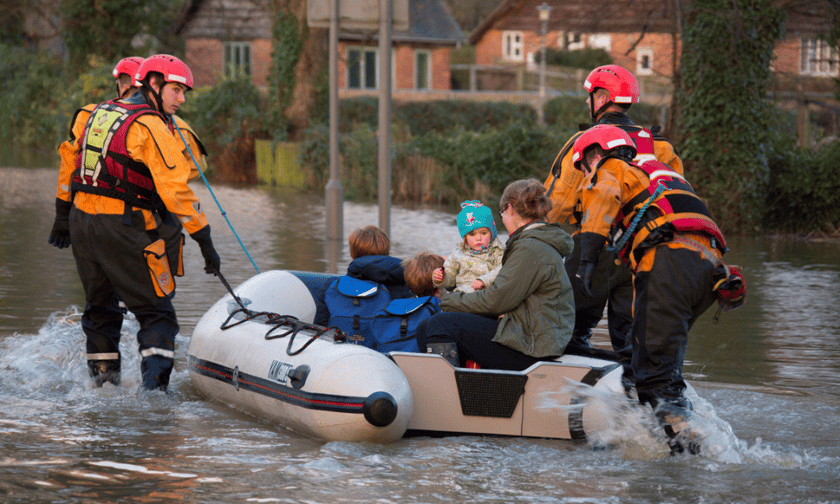

Australians remain in limbo following the 2022 floods, as rising insurance costs and recovery uncertainties cast long shadows over their path to rebuilding.
Trent Thomson, an executive at global reinsurance giant Swiss Re, has brought to light the protracted recovery process for those insured, suggesting a timeframe of six to 12 months for households to get back on their feet.
However, this outlook has been met with scepticism by some, highlighting the complexities and extended duration often associated with disaster recovery.
“Anyone in my community listening will probably be stroppy with me if I don’t say that,” said Labor MP Susan Templeman, as reported by The Canberra Times. “I’d hate for you to think that it was ‘great, quick fix turn around and get it all done’ when it is a much more traumatic journey.”
During a parliamentary inquiry focused on the insurance sector’s handling of the flood crisis, the issue of insurance affordability surfaced prominently.
With the National Emergency Management Agency pointing to climate change as a major driver behind the increasing frequency of natural disasters and, consequently, higher insurance premiums, many Australians are finding themselves in a precarious financial position. The agency expressed concern over individuals having to rely on savings or seek assistance from governmental and charitable organisations as a last resort.
“The sheer number and extent of flood events in 2022 illustrates ... without insurance, people face longer recovery times and need to rely on their own savings or funding from governments or charities,” it said.
Swiss Re’s commentary during the inquiry highlighted inadequate risk mitigation and zoning policies that permit construction in flood-prone areas as key factors inflating insurance premiums.
“Risk reduction is the only way to lower the risk and therefore improve affordability,” it said.
